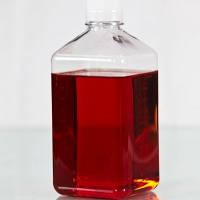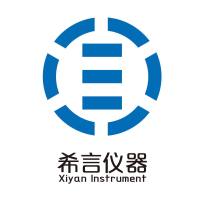Utilization of LC-MS/MS Analyses to Identify Site-Specific Chemical Protein Adducts In Vitro
互联网
339
Biologically reactive intermediates are formed following metabolism of xenobiotics, and during normal oxidative metabolism. These reactive species are electrophilic in nature and are capable of forming stable adducts with target proteins. These covalent protein modifications can initiate processes that lead to acute tissue injury or chronic disease. Recent advancements in mass spectrometry techniques and data analysis has permitted a more detailed investigation of site-specific protein modifications by reactive electrophiles. Knowledge from such analyses will assist in providing a better understanding of how specific classes of electrophiles produce toxicity and disease progression via site-selective protein-specific covalent modification. Hydroquinone (HQ) is a known environmental toxicant, and its quinone–thioether metabolites, formed via the intermediate generation of 1,4-benzoquinone (1,4-BQ), elicit their toxic response via the covalent modification of target proteins and the generation of reactive oxygen species. We have utilized a model protein, cytochrome c , to guide us in identifying 1,4-BQ- and 1,4-BQ-thioether derived site-specific protein modifications. LC-MS/MS analyses reveals that these modifications occur selectively on lysine and glutamic acid residues of the target protein, and that these modifications occur within identifiable “electrophile binding motifs” within the protein. These motifs are found within lysine-rich regions of the protein and appear to be target sites of 1,4-BQ-thioether adduction. These residues also appear to dictate the nature of post-adduction chemistry and the final structure of the adduct. This model system will provide critical insight for in vivo adduct hunting following exposure to 1,4-BQ-thioethers, but the general approaches can also be extended to the identification of protein adducts derived from other classes of reactive electrophiles.


![6-氯-2-[(2,4-二氯苯基)甲基]-1H-1,3-苯并二唑;1274937-58-4;>95%(LC-MS);V10687-1g](https://img1.dxycdn.com/p/s14/2025/1029/004/8672158669127143891.jpg!wh200)






